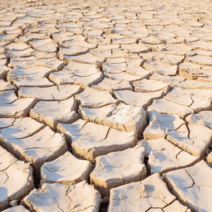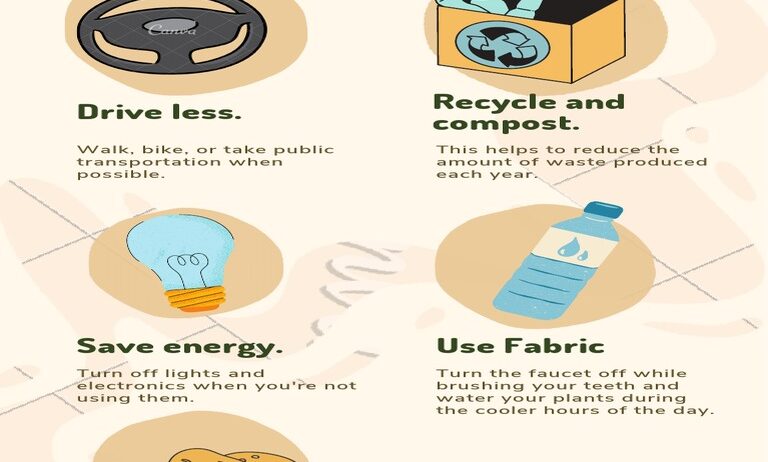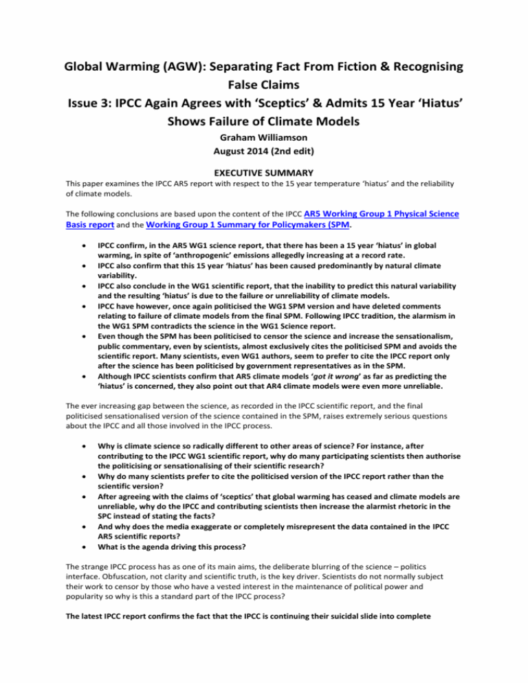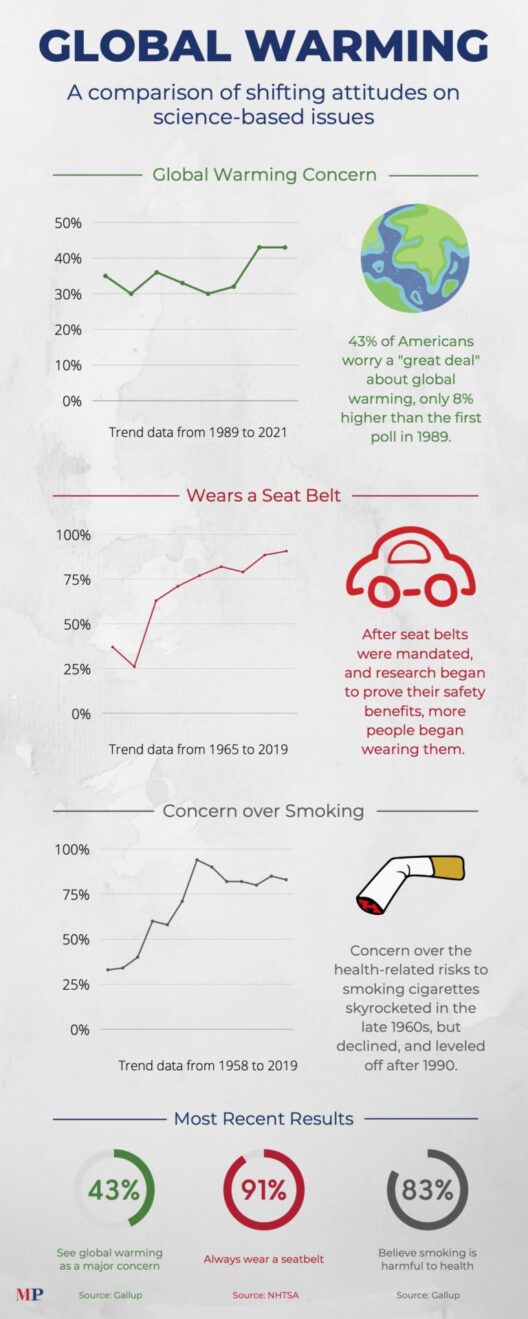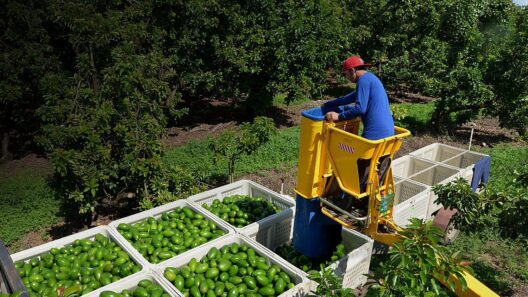Climate change is undoubtedly one of the most pressing challenges our world faces today, a looming threat that does not discriminate between borders or generations. Each day, we find ourselves inundated with news of erratic weather patterns, rising sea levels, and devastating natural disasters. But here’s a playful question to consider: What if every generation had the power to curtail this phenomenon through collective action? The challenge, therefore, arises: How can each age group—whether you are a child, a teenager, a working adult, or a retiree—contribute to preventing global climate change? Let’s explore a spectrum of actionable tips tailored to different generations, inspiring everyone to participate in safeguarding our planet.
Engaging Young Minds: Actionable Steps for Children and Adolescents
Children are our future, and when ingrained with eco-conscious values, they can cultivate a greener generation. To spark this environmental awareness, here are some playful yet effective tips:
- Create an Eco-Club: Motivate children to form eco-clubs at school. They can engage in activities like tree planting, recycling drives, or clean-up campaigns within their local communities. Such initiatives foster collaboration and develop a sense of responsibility towards the environment.
- Embrace Nature: Encourage children to explore nature. Regular excursions to parks or nature reserves can instill a love and respect for the environment. Consider adoptive programs where they can ‘adopt’ a plant or tree, nurturing it over time.
- Learn Through Play: Utilize educational games and apps that teach children about climate science. Making learning fun can be hugely effective, with platforms that offer interactive experiences showing the impacts of pollution or deforestation.
By providing children with meaningful experiences and knowledge, they can transform into proactive advocates for climate justice from a young age.
The Teen Spirit: Harnessing Energy and Passion for Change
As teenagers navigate the complexities of adolescence, they possess unique energy and enthusiasm that can drive change. Here are some ways they can make a difference:
- Social Media Activism: Teens are digital natives; leveraging social media can amplify their voice. They can create awareness campaigns about climate change, sharing informative posts, videos, or even personal stories that encourage their peers to take action.
- Support Sustainable Brands: Encourage teens to research brands that prioritize sustainability. By making informed consumer choices and promoting eco-friendly products, they can challenge the fast-fashion culture that heavily contributes to pollution.
- Volunteer for Local Initiatives: Many communities have organizations focused on environmental conservation. Volunteering time during weekends to help with local clean-up efforts or educational workshops can make a tangible difference while building community bonds.
Such proactive engagement during their formative years can lead to lifelong advocates for environmental stewardship.
The Professional Advantage: Adults Taking the Helm
For adults, especially those in positions of influence, the choices made at work can have a ripple effect on environmental practices. Here are some pivotal strategies:
- Advocates of Green Policies: Employees can encourage their organizations to adopt environmentally friendly practices. This could involve implementing recycling programs or supporting telecommuting options that reduce commuting emissions.
- Mindful Consumerism: Adults can lead by example, opting for sustainable products and supporting local businesses that prioritize eco-friendly methods. Consistent purchasing decisions can instigate change in supply chains.
- Lobby for Systemic Change: Engage in advocacy initiatives that push for legislative changes aimed at reducing carbon footprints. This might involve writing letters to local representatives or participating in rallies that emphasize the urgency for policy shifts.
By taking these cafeteria approach steps, adults can leverage their influence to cultivate a workplace culture that emphasizes green initiatives.
Legacy Building: Engaging the Older Generation
The older generation carries a wealth of knowledge and experience. They have experienced the shifts in climate and can contribute in unique, impactful ways:
- Mentorship: Older adults can mentor younger generations on sustainable practices, sharing life lessons on resource conservation and the value of long-term thinking in environmental stewardship.
- Community Leadership: Joining local boards or organizations focused on climate action can amplify voices that have been seasoned by time. Their participation can lead to initiatives that foster sustainable development in their communities.
- Reclaiming Nature: Engage in gardening or community farming, which helps promote local ecosystems and can serve as a wonderful source of fresh produce. Initiatives like these allow seniors to connect with both nature and neighbors.
The wisdom and experience from the older generation can guide younger activists toward sustainable practices that are rooted in collective history.
Conclusion: A Collective Challenge
In essence, challenges posed by climate change require a multifaceted approach that unites all generations under a common goal. Through collaboration and informed action, it is certainly possible to weave a narrative of resilience and responsibility amongst all age groups. The key takeaway is that no effort is too small and every action, no matter the age, contributes to a larger, impactful story of environmental preservation. As we ponder how to navigate this intricate web of climate issues, let’s remember: the future is in our hands—literally and figuratively. Pulling together, every generation can ignite a transformative movement toward combating climate change.
